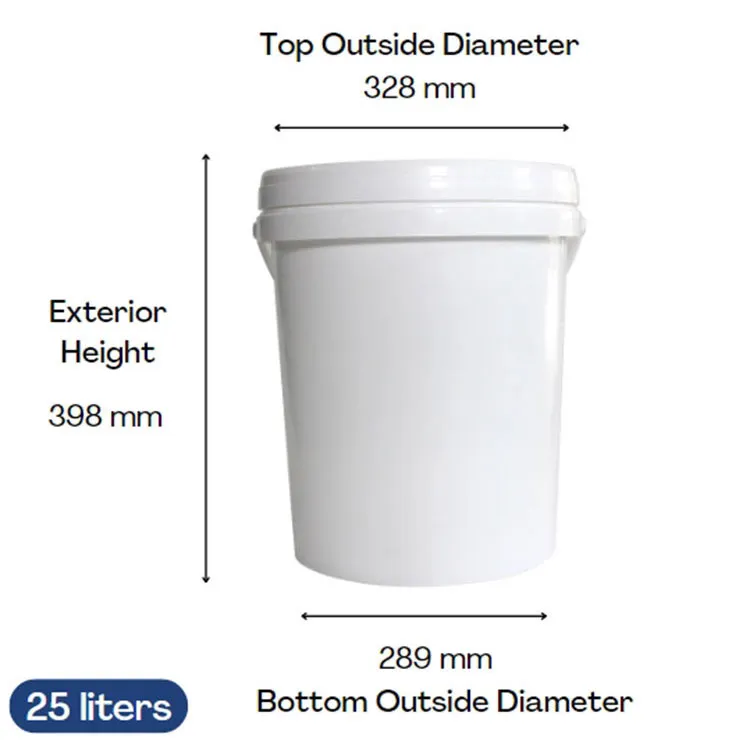What Plastic is Used for Injection Molding?
2024-09-19
Injection molding is a widely used manufacturing process that involves the use of plastic materials to create a variety of products. The most common plastics used in injection molding are thermoplastics, which are materials that can be repeatedly heated, melted, and molded into various shapes.
There are hundreds of different types of thermoplastics, but some of the most commonly used in injection molding include polypropylene (PP) and polyethylene (PE). These materials are chosen for their durability, versatility, and cost-effectiveness.
Polypropylene (PP) is a lightweight, strong, and heat-resistant thermoplastic that is widely used in injection molding. It is known for its excellent resistance to chemicals, fatigue, and stress cracking, making it an ideal choice for a wide range of applications. PP is also easy to process and can be molded into complex shapes with a high degree of precision.
Polyethylene (PE) is another popular thermoplastic used in injection molding. It is a versatile material that is available in several different forms, including low-density polyethylene (LDPE), high-density polyethylene (HDPE), and linear low-density polyethylene (LLDPE). PE is known for its excellent resistance to moisture, impact, and abrasion, making it a popular choice for packaging and other applications that require durability and strength.
In addition to PP and PE, there are many other types of thermoplastics that can be used in injection molding, including polystyrene (PS), polyvinyl chloride (PVC), acrylonitrile butadiene styrene (ABS), and polycarbonate (PC). Each of these materials has its own unique properties and characteristics, making them suitable for a wide range of applications.
The choice of plastic material for injection molding is based on several factors, including the desired properties of the finished product, the cost of the material, and the manufacturing process. The plastic injection mold is designed to work with a specific plastic material, and the mold designer must take into account the properties of the material when designing the mold.




